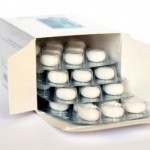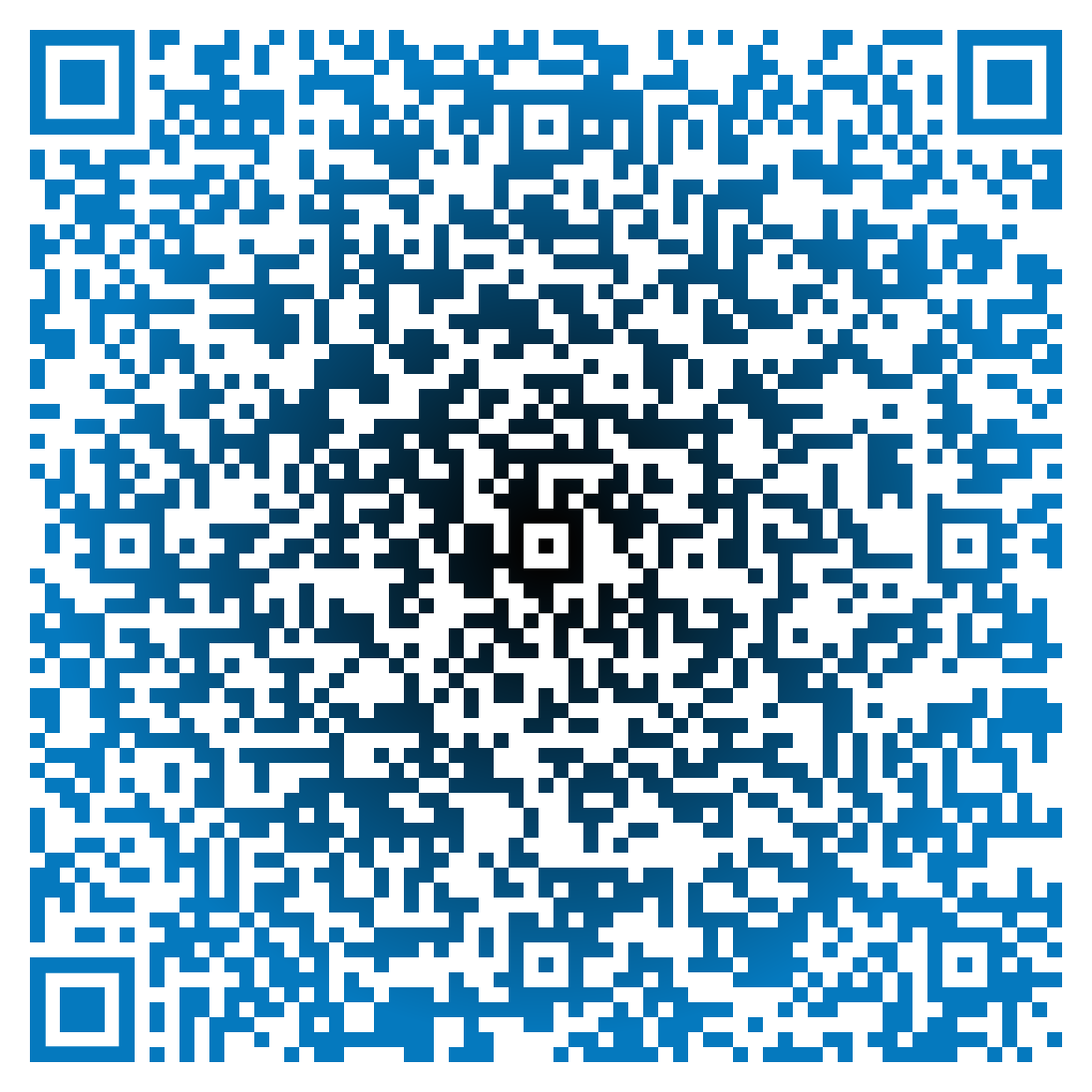… lessons in how to grow, even if you are in a brutally competitive market

It is estimated that over 100,000 hospital patient deaths occur in the US each year as direct result of mistakes that lead to adverse drug interactions. And another 2 million more patients are estimated to have serious complications result from these same errors. Management guru Adrian Slywotzky has a powerful story about what it really means to understand your customer, and the entirety of their pain.
… ten to twenty times more costly that the product itself.
Cardinal Health is a Fortune 500 company that competes in several brutally competitive markets including the distribution of pharmaceuticals and medical products, and the manufacture of medical and surgical items such as gloves and surgical gowns. One of Cardinal’s realizations was that while the purchase of a product was the end of a sales cycle for Cardinal’s sales team, it was actually the start of a process for the customer to learn, install, integrate, maintain, and make the product a productive part of their own ecosystem. It’s estimated that this effort to integrate and make the purchase productive is sometimes ten to twenty times more costly that the product itself.
In their pharmaceutical distribution division, Cardinal enjoys wide access to both their drug manufacturer and hospital customer’s ecosystem. The value chain that takes a sick patient and makes them well may involve hundreds if not thousands of steps in the healing process. Through this access, Cardinal was able to gain deep insight into the economics of the total chain.
Take for example a common ward activity, the dispensing of a drug. Even an everyday task like this may involve the following confirmations:
- identity of the patient
- identity of medication being dispensed
- name of drug
- strength
- expiry date
- lot number
- prescribed dosage regimen and route
- importance of compliance and what to do if a dose is missed
- duration of treatment, if limited
- name of authorized prescriber
- date the order was written
- the time the order was written, if deemed appropriate
- for verbal orders, the name and signature of the person who received the order
- if pediatric patient, weight of child
- determining the authenticity and appropriateness of the medication order before dispensing.
- selecting auxiliary labels and/or cautionary statements.
- monitoring patient profiles, if available, for the detection of inappropriate drug therapy.
- final check on all aspects of the completed prescription
- instruction required to achieve the intended therapeutic response which shall include, but not be limited to:
- information regarding significant drug – drug (including non-prescription medication) and drug – food interactions
- activities to avoid
- common side effects and what to do if they occur
- special storage requirements
- prescription refill information
- etc,. etc., etc.
… each one presents an opportunity for error, mistakes, and missteps to occur.
These are of course only the major items, and each one presents an opportunity for errors, mistakes, and missteps to occur. Compound this with busy, short staffed, wards and you can easily see that errors here can imperil patient lives.
While the value chain for Cardinal originally ended with delivery to the hospital’s loading dock, the drugs still had to continue their journey, making a winding (and sometimes perilous) route to a patient’s bed. Cardinal management sensed an opportunity and purchased a company called Pyxis which made an automated drug dispensing machine that allowed hospitals to store the most common prescriptions in a controlled access unit. Nurses now had to identify themselves and their patient before the machine would dispense the medication based on its own records of what the patient was permitted to have.
The result was a marked improvement in safety, efficiency, and costs. The new approach was so valued by clinicians that Cardinal has installed the Pyxis machines in over 90% of US hospitals. In addition to being a lucrative new business unit, the machines also strengthens Cardinal’s legacy drug distribution division with the hospitals having a higher propensity to buy their pharmaceuticals from Cardinal.
This story is about understanding the Total Customer Experience, and how you can help your customer simplify, make more safe, speed, make more profitable, reduce costs, or any of a hundred other thing they are struggling to improve. Cardinal had a unique vantage point into the hospital’s ecosystem, and was able to clearly see how they could help improve their customer’s value chain. With their installation of the Pyxis dispensing units into this ecosystem, they further embedded themselves into the chain creating a painful switching cost for their customer. The result, vastly improved results for the hospitals, and long term, highly loyal clients for Cardinal.
![]()
